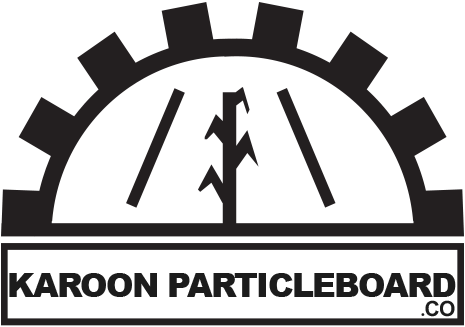
Bagasse is a pulp produced by extracting sugar from sugarcane & nbsp; which makes up about 30 to 35% of the sugarcane weight. This product is the remaining fiber after extraction from sugarcane, which is in the form of small pieces of wood-like chips and is straw yellow in color. Bagasse has high fiber and nitrogen and low digestibility, the amount of its constituents according to different types of sugarcane and how it is harvested, and finally the recovery rate and extraction efficiency in mills is slightly different. & Nbsp; & nbsp; Bagasse is used in the production of chipboard, semi-pressed boards, paper, alcohol, citric acid. Bagasse is also used to process animal feed.
The average production of sugarcane per hectare is about one hundred tons and based on experience, after extracting syrup from sugarcane, about 32 tons of bagasse with a moisture content of about 50% per hectare is obtained. Bagasse fiber has a composition It is insoluble in water and is composed mostly of cellulose, pentavan and lignin. The most important types of fiber in bagasse are as follows:
1- Hard cylindrical cells that have strong outer walls and vascular tissue. These cells are called (real fiber).
Irregularly shaped cells with thin, thin walls, usually located in the middle of a sugarcane stalk, are known as peat.
Real fiber and peat have almost the same chemical composition, but their structure is very different . In real optical fiber, the ratio of length to diameter is very high and reaches about 70% and has significant elasticity and elasticity in dry or wet state. These cells are irregular peat and the ratio of the length of the pieces to their diameter is about 5. These cells absorb moisture and do not attach to each other. Pete’s high absorption of moisture limits its use and is mainly used as a molasses carrier in the production of animal feed.



